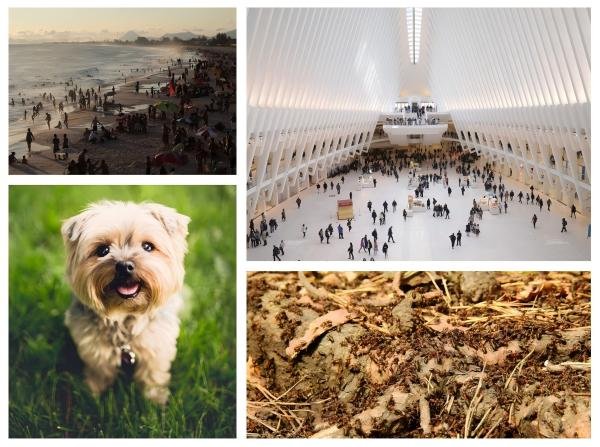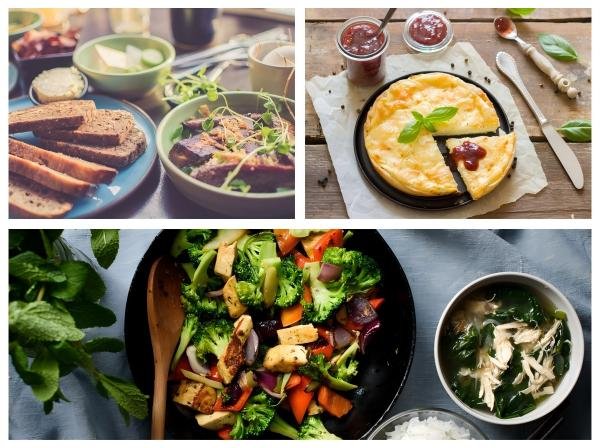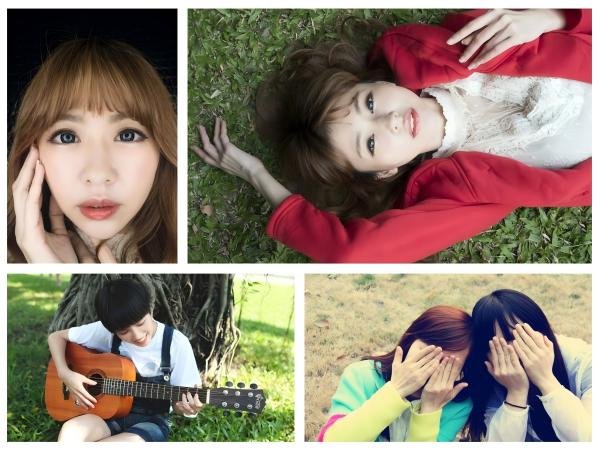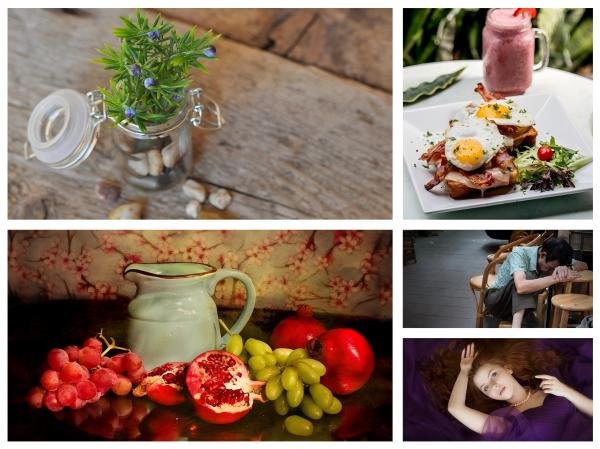Industry News
What Is High Angle Shooting? How To Take High Angle Photos
The angle of the camera relative to the subject is one of the most overlooked aspects of creating and composing an image. Whether we’re shooting landscapes or portraits, we usually place our cameras in the most comfortable position, usually at eye level.
We rarely consider how the relative angle affects the viewer’s perception of the subject. Composition in general affects the balance and feel of a photograph, and the angle of the camera can give the viewer a sense of dominance or make them feel in awe of the subject.
In this article, we’ll look at high-angle shooting and how we can use it to help us create a certain feeling in our images. We’ll also look at some common things to avoid when mastering high-angle shooting.
1.What is high angle shooting?
High-angle shooting refers to the technique of placing the camera above the subject or person (above the horizontal line of the subject) to shoot. This perspective breaks the conventional horizontal composition and conveys a unique visual language through a “bird’s-eye view.”
For the purposes of this article, we’ll define “high angle” as any photo where the photographer must tilt the camera downward to capture the intended composition. A common example is photographing a bowl of soup from the diner’s perspective, a common way to make a dish more appealing and grab the attention of foodies.
Even a slight downward slope meets the definition, but here we need to focus on some more extreme or exaggerated examples…
Example of a high-angle shot:
Photographing an ant hill to show the waves of ants coming and going, or photographing a puppy holding a toy while waiting for you to play fetch, are both great examples. When we look at these examples, we can clearly see the rationale for choosing a high-angle shot. Photographing ants not only helps to tell the story of industrious insects, but also shows how tiny they are compared to us.
Of course, you can also shoot the crowds of people in the square on New Year’s Eve from the rooftop to achieve the same effect. Standing high up and shooting down gives the audience a sense of dominance.

What is high angle shooting
Remember that light generally falls from above, so having your subject look slightly upwards can also create more even skin tones and a softer, more approachable look in your portrait.
2.Best lenses for high-angle shots
When shooting from a high angle, one important consideration is lens choice. If we’re looking to minimize distortion, using a standard to short focal length lens for headshots or ¾ portraits works best. One reason for this is that wide-angle lenses have the least amount of distortion at the edges when the lens is held level.
However, by tilting the lens, the potential for distortion to occur is greater. Since any tilt significantly alters the composition, using a very long lens may not be ideal, and a fairly high angle is often required to achieve the desired effect.
Generally, we recommend a mid-range lens that can perform multiple functions, such as a lens with a zoom range of 50-100mm.
For food and still life, I recommend sticking with a 50mm focal length lens, which is generally considered a “normal” angle of view and works well for these subjects. Aerial or “downward-looking” type scenes tend to be very well suited to wide-angle lenses—as long as the camera can be kept relatively level.
Besides focal length, there are a few things to consider when choosing gear for high-angle photos. First, as mentioned above, any tilt of the lens will cause edge distortion, especially in wide-angle lenses. If you’re aiming to capture high (or low) angle photos, look for lenses that have minimal edge distortion and generally sharp edges.

High-angle shots of delicious food
3.How to take high-angle photos
There are many factors to consider when considering shooting high-angle portraits.
The first is how the subject should be seen. If they’re a high-powered CEO or general, a high-angle portrait will disrupt the viewer’s expectations, as they, as the viewer, suddenly take the lead. This can be used very successfully as a means of contrast. In more typical situations, we’d want to use high-angle shots of people who want to appear approachable and friendly.
We also need to consider lighting. Big, soft light is most common in this type of portrait. This makes the subject feel approachable. If we use dark, overcast lighting, we might find that the subject feels too submissive or intimidated by the viewer.
We also want to consider the environment differently when shooting from a high angle. We often see the ground, but we might not see the entire space our subject is in, which can increase the feeling of them being trapped in the shot.
For classic portraits or ¾ shots in an environment, try to evenly light your subject. Evenly lighting your subject creates a sense of space and lets your subject know that your camera will be high up, and they should try to keep their chin up to capture the best possible light.
To sum up, taking this kind of high-angle photo requires the following preparations: ① Choose appropriate equipment for different scenes; ② Choose angles suitable for portraits and still lifes; ③ Follow certain composition rules to make the picture more professional; ④ Be good at using appropriate light to take the desired photos.

High-angle portrait shooting
4.Things to avoid when shooting from a high angle
While high-angle portraits can make your subjects feel more approachable and friendly, overuse can have negative consequences. Here are some things to avoid:
(1)Zoom out on your subject
Remember the ants and the crowd in the square mentioned above? Our goal is to emphasize and even exaggerate their scale, as we don’t want our subjects to feel too small in our portraits. The subject of our portrait is the subject. We want to draw attention to them and generally showcase their best qualities and features, and making them smaller goes against that idea. So, be careful not to shrink your subjects.
(2)Broken neck syndrome
Broken neck syndrome occurs when a photographer places their camera too high, forcing their subject to crane their neck to look up at the camera. While this might be cute for the puppy, it can look uncomfortable for the viewer and rarely allows humans to appear at ease in photos.
Also, make sure your subject isn’t twisting their neck to create an overhead portrait of them. This again feels awkward and not at all a flattering portrait. While eye contact isn’t always necessary to create a strong portrait, avoid creating a composition that appears to require eye contact but falls short.
(3)Too close
The last thing to avoid is getting too close to your subject, as this can make them uncomfortable. On the surface, this isn’t something you should always avoid, but when shooting from a high angle and with a very tight composition, the likelihood of your subject feeling uncomfortable increases significantly. Unless you’re creating a beautiful portrait, try to give your subject some breathing room in your high-angle portraits.

Things to avoid when shooting from a high angle
5.Common application scenarios for high-angle shooting
(1)Portrait photography
Using a high angle to shoot a portrait can make the face look smaller and highlight the interaction between the subject and the environment. For example, a person lying on the grass looking up at the camera, or a person reading in a cafe from a bird’s-eye view.
(2)Travel scenery photography
When photographing travel scenery, using high-angle shooting can show the overall picture of the building complex and highlight the layering of the terrain. Typical applications include photographing the roof groups of ancient towns and the texture of terraced fields.
(3)Still life food photography
Using a high angle to shoot still life or food can simplify the background and highlight the details of the subject, such as looking down at the table layout, books and coffee, etc.
(4)Documentary photography
Documentary photography is also suitable for using high angles, which can capture the flow of people and create a bystander’s perspective, such as shooting people on the street or market stalls from above to enhance a sense of flatness.

